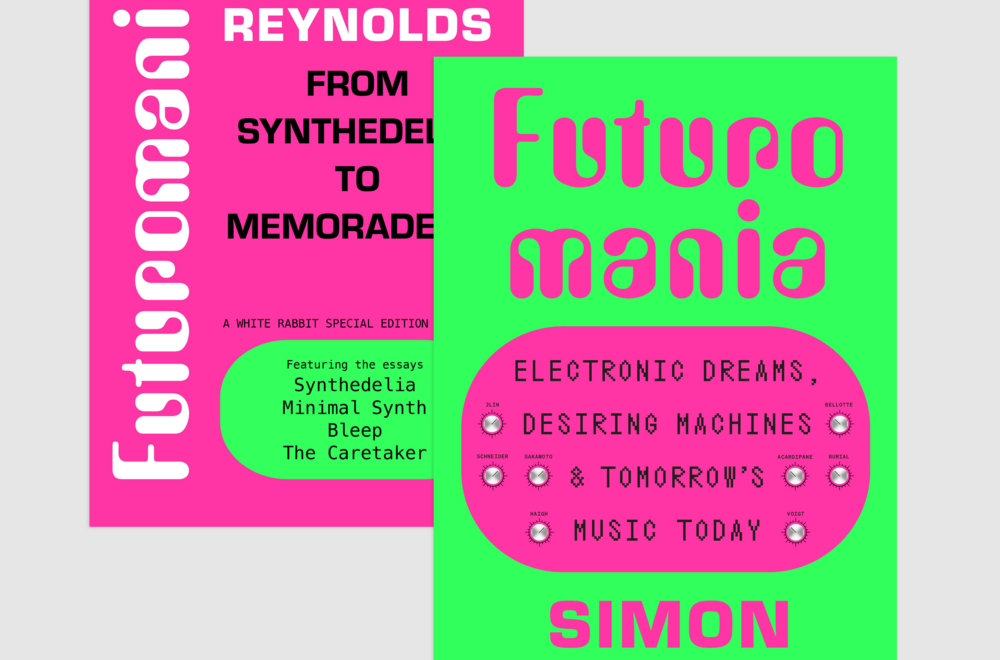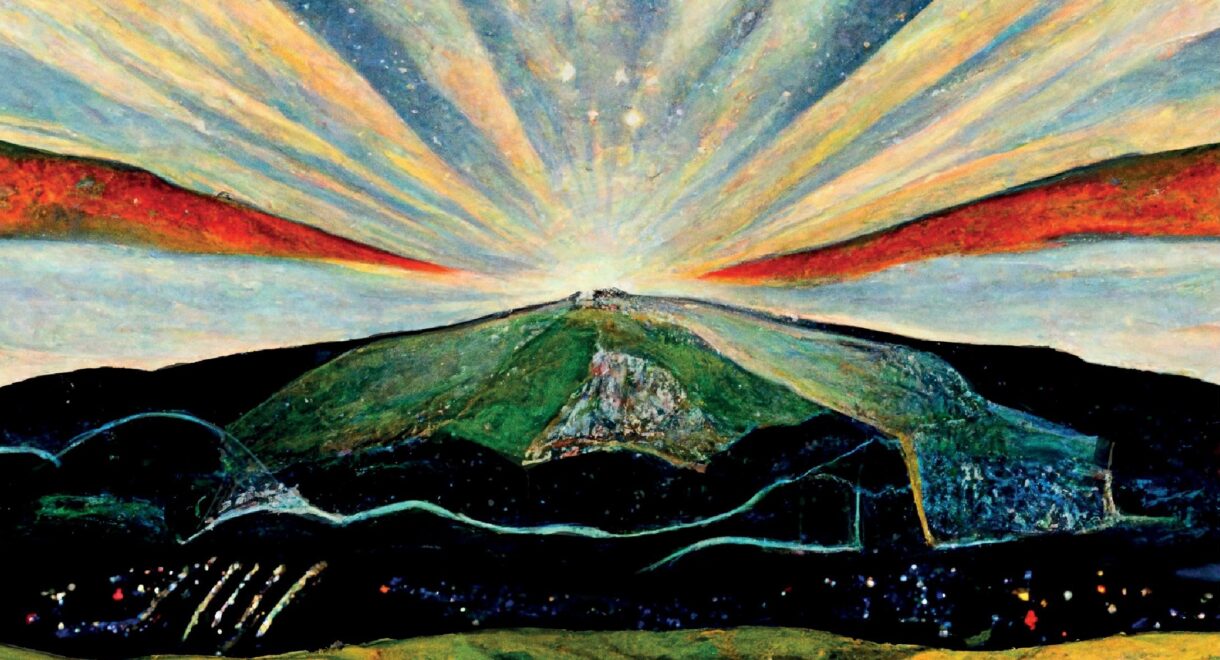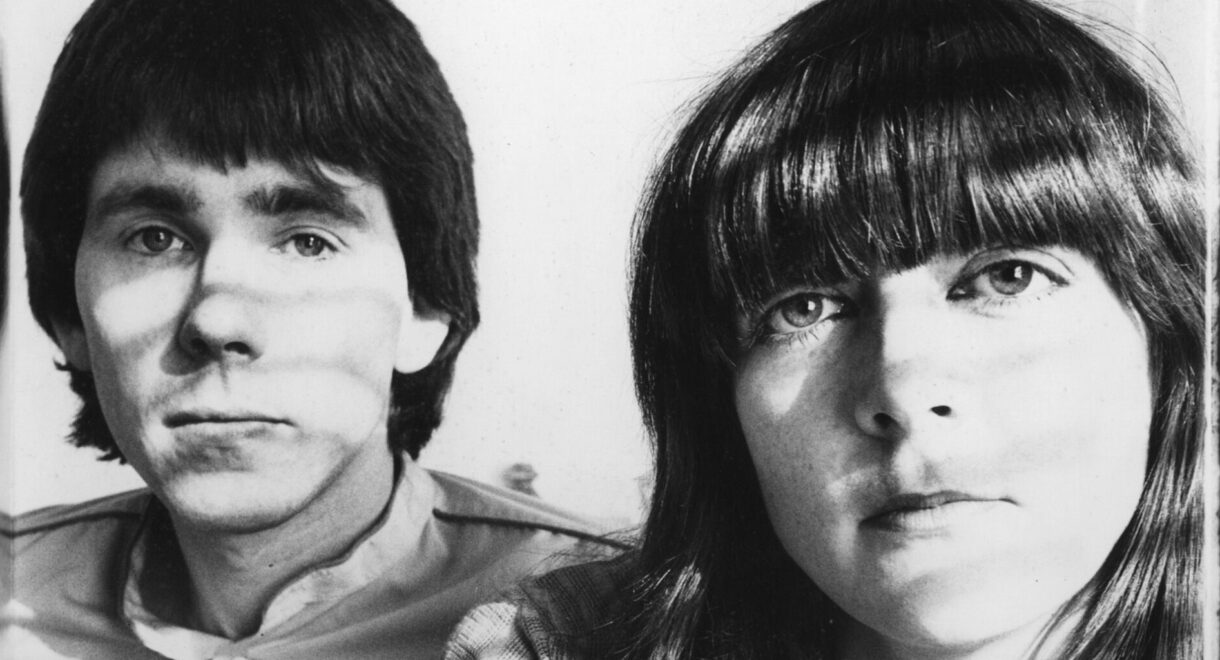The summer is halfway over and you’ve been scrolling for like, what, six weeks straight now? Step away from your phone (after reading this, of course). An analog […]
10 Essentials from Bay Area Avant-Garde label Lovely Music Ltd.

Early electronics and computer music, new opera, experimental vocal albums: A guide to the influential Bay Area label dedicated to the American avant-garde.
Since its founding in 1978, Lovely Music Ltd. has wrestled with 20th century avant-garde and sculpted an entirely new path for “new American music.” As label founder Mimi Johnson notes on the label’s website, the label is “dedicated to releasing the best in experimental, from electronics and computer music to new opera and extended vocal techniques.”
Placing emphasis on artistic autonomy, Lovely Music recordings are composer-supervised and produced. Created to act as a musical adjunct to Mimi’s Performing Artservices, Inc, a non-profit which organized avant theater and dance events, the music composed for these performances lacked an avenue to deliver the music. Lovely became that accepting voice, putting out an astounding number of challenging and groundbreaking compositions that simply wouldn’t have seen the light of day through conventional channels.
Lovely soon morphed into a community label the students and teachers attending the music program at Mills College in the Bay Area. Those included Robert Ashley and his students Maggi Payne, Blue Gene Tyranny and Peter Gordon. As a landmark experimental American label, Lovely was an early advocate of sound art, explored entirely new genres and released unconventional experiments in early electronics and recording techniques.
Here are some favorites. <3
Jon Hassell – Vernal Equinox (1978)
The second release by LML and debut by avant-trumpeter Jon Hassell also introduced us to a revolutionary sound: that Hassell called “Fourth World” music. Hassell described the approach as “a unified primitive/futuristic sound combining features of world ethnic styles with advanced electronic techniques.” Heavily influenced by raga, Hassell incorporated drone stylings, field recordings and creative studio techniques to produce tones that can only be indigenous to some imaginary region.
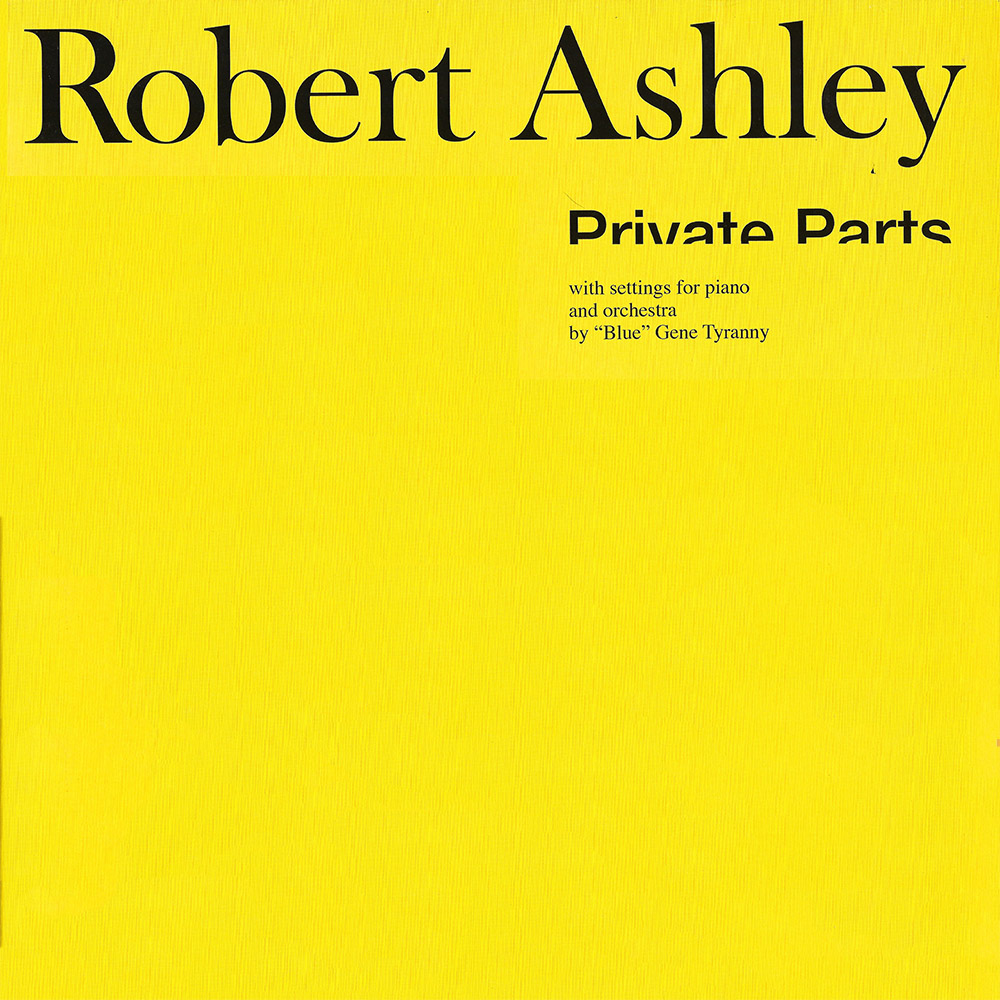
Robert Ashley – Private Parts (1978)
If you missed it the first time around, here is a more in-depth breakdown that we published in the collection. Private Parts is the transcendental work by the American avant-garde giant and was the first iteration of what would be Robert Ashley’s televised 1983 opera Private Lives. A beautiful contemplation via text-sound composition, with minimalist keys and cyclical meditative rhythms, Ashley offers a beautiful stream of endless observations and poetic aphorisms. A surrealist masterpiece.
Meredith Monk – Key (1978)
Originally pressed in 1971, Lovely reissued this monumental debut by vocalist Meredith Monk in 1978 — a record that completely revolutionized the use of vocals as an instrument. A brilliant first album, it was the beginning of an astounding career that led to her being awarded the National Medal of Art by President Barack Obama.
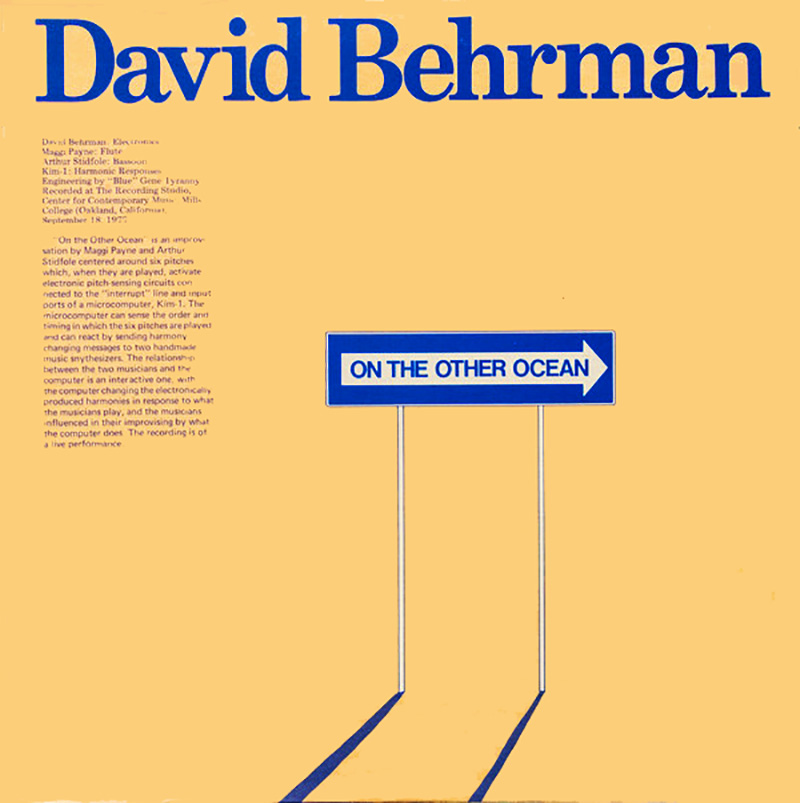
David Behrman – On the Other Ocean (1978)
The full explanation of how this seminal interactive record was made is printed on the original LP cover, but to shorten it: Behrman paired live instruments and players to communicate and trigger an early Km-1 microcomputer, which then reacted with its very own harmonious responses via synthesizer. It’s an incredible feat, both in terms of music and technology, and is one of the most sincerely beautiful pieces Lovely has ever released (and the closest to what could consider ambient music).
Blue Gene Tyranny – Out of the Blue (1978)
An undisputed masterpiece, here are some words by NY label Unseen Worlds, which recently reissued it for the first time ever last year: Out of the Blue is an equanimous, wide-open exploration of Tyranny’s musical world: equal parts song cycle, tone poem, keyboard fantasia, and avant-garde pop record. Recorded and mixed by Tyranny at Mills College, this album emerged following the legendary 1976 Trust in Rock concerts, where Tyranny and collaborator Peter Gordon presented New Music for rock bands. Out of the Blue lives up to its name: it is both surprising and familiar, revealing for the first time something that was always already there.”
Alvin Lucier – I Am Sitting In a Room (1981)
A landmark recording not just for Lucier or Lovely Music but for sound art as a whole, I Am Sitting in a Room is one of the most fascinating art pieces put to record. Essentially, you could just listen and let the record explain itself to you. It’s a recording of Alvin Lucier, sitting in a room, discussing the details of the record you’re listening to and how he plans to replay this recorded explanation over and over.
Eventually the resonant frequencies of the very room he’s sitting in effect the words and sounds, so much so that its rendered unintelligible and becomes a kind of music of its own. A work composed by a room and its acoustics. In his book on the origins of minimalism, Edward Strickland wrote, “In its repetition and limited means, I Am Sitting in a Room ranks with the finest achievements of minimal tape music. Furthermore, in its ambient conversion of speech modules into drone frequencies, it unites the two principal structural components of minimal music in general.”
Eliane Radigue – Songs Of Milarepa (1983)
Eliane Radigue’s tribute to Milapea, the eleventh-century Tibetan saint and poet, is a 40-minute meditation through organic mystical electronics featuring LML staple Robert Ashley and Lama Kunga Rinpoche (Tibetan voice) reciting his holy texts. Musically, Radique was a disciple of the musique concrète movement. Studying with Pierre Henry and Pierre Schaeffer before crossing seas and joining the Lovely base at Mills College, most of her work, including this one, was exclusively composed with an ARP 2500 modular synthesizer and manipulated tape reels. Fun fact: she also built and shared a studio with the great cosmic synthesist Laurie Spiegel.
:format(jpeg):mode_rgb():quality(90)/discogs-images/R-788471-1489529545-6937.jpeg.jpg)
Paul Dresher – Liquid And Stellar Music / This Same Temple (1983)
An underrated release in the Lovely Music Ltd. catalog, Paul Dresher’s debut was originally self-released on cassette in ’81 but was reissued on LP by Lovey in ’83. Extremely hypnotic electronic guitar phase-music pieces with an organic touch, repetitive processes gradually change into multiple melodic figures. You can hear a bit of Fripp influence as well, who was also considered a pioneer in live tape looping.
Pauline Olivieros – Accordian and Voice (1984)
We’re aware that the sound of an accordion has been universally accepted as, to put it kindly, divisive. However, Pauline Oliveros, an exponent in the NY experimental scene, approaches it with re-contexualized fashion. Using “Just Intonation” and her typical musical intent — “music is not meditative in the sense that it is intended for listening to while meditating, rather each piece is a form of meditation” — this LP from ’83 is a beautiful collection of drones and hums inspired by the Catskills. It may have you reevaluate your feelings for the instrument.
Maggi Payne – Crystal (1986)
Maggi Payne was also a student of Robert Ashley at Mills College alongside Blue Gene Tyranny and Peter Gordon. Before recording original work, she was the primary flutist for LML, playing on classics included the aforementioned Out of the Blue and On the Other Ocean, as well as another non-LML ISC favorite: Healing Music by Joanna Brouk. Crystal is her full-length debut and is a collection of heavily processed drones composed for flute, spoken voice, and synthesizers. These deeply layered, dark and industrial dissonant numbers continually evolve and build, and like a Pinter pause, induce a lot of anxious tension that quickly turn to sharp moments of beautiful release.




